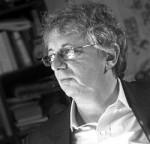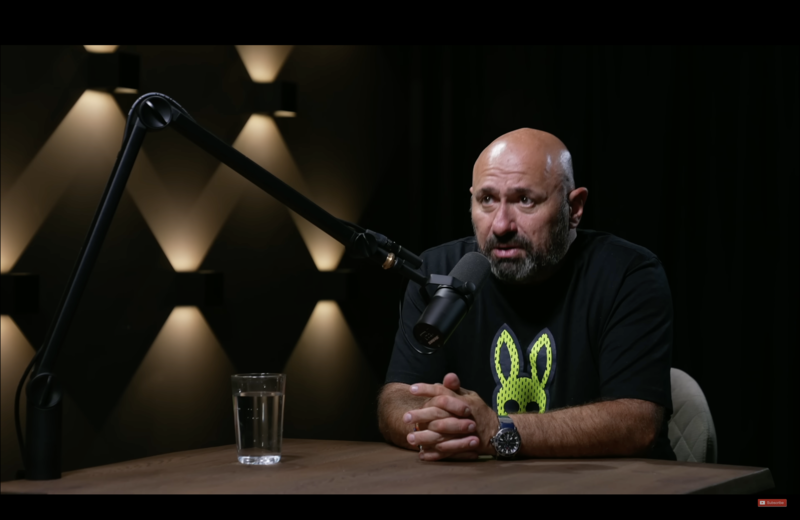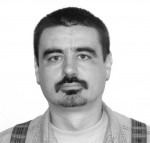Arthur Koestler writes about her in his memoirs. Born in December 1895, she came from a distinguished Viennese Jewish family. Her father was a university professor. She was well-educated, fell in love with the Messianic dream of a world revolutionary redemption. In the early 1920s, Elfriede Eisler joined the Austrian Communist Party with card number 1. The she became Ruth Fischer, moved to Berlin and, together with her partner Arkadi Maslow, tried to carry out Stalin’s plans for a German revolution. More precisely, they failed catastrophically. In 1926, prompted by Stalin and his pointman on Germany, Karl Radek, Fischer and Maslow attempted the insurrectionary tactic. In his “Memoirs oif a Revolutionary,” Victor Serge wrote: “Ruth Fischer, Arkadi Maslow, Heinz Neumann and Arthur Rosenberg believe that their hour had come.” After his expulsion, Arthur Rosenberg wrote a remarkable history of Bolshevism.

The Comintern singled them out as culpable for the disaster. Heinz Neumann joined the Ernst Thalmann faction and became, in the early 1930s, the head of the KPF parliamentary faction. He was married to Margarete Gross, ex-wife of Rafael Buber, philosopher Martin Buber’s son. Neumann was a Stalin favorite until the Great Terror. He was executed, like so many other German communist refugees, during the Great Terror. Margarete and Ruth knew each other quite well. Margarete’s sister, Babette, was married to Willy Munzenberg, the “red millionaire”…
Once they broke with the Stalintern, Fischer and Maslow became pariahs. Even after the divorce with the KPD and the Comintern, she continued to attack the Weimar Republic. For the Stalinists, she was a despicable renegade. For the Nazis, a Marxist Jewish enemy. For the liberals, an irresponsible critic of democratic institutions and values. As historian Jeffrey Herf once put it, at an hour when the Weimar Republic desperately needed friends, Ruth Fischer decided to attack it.
She had two brothers: Gerhard, a Stalinist propagandist, and Hans, an outstanding composer. Gerhard spent the war years in the US and was involved in espionage eactivities. Hanns emigrated to the US too and then returned to East Germany where he wrote the DDR’s anthem. Ruth was not a real theorist, but she knew very well the history of the radical Left in Germany. During the early years of the Cold War she wrote a book destined to become a classic: “Stalin and German Communism.” She testified against former comrades in front of the House Un-American Activities Committee. In private correspondence, she referred to Gerhard and Hanns as “ex-brothers.” Her son was horribly tortured by the Gestapo.






















